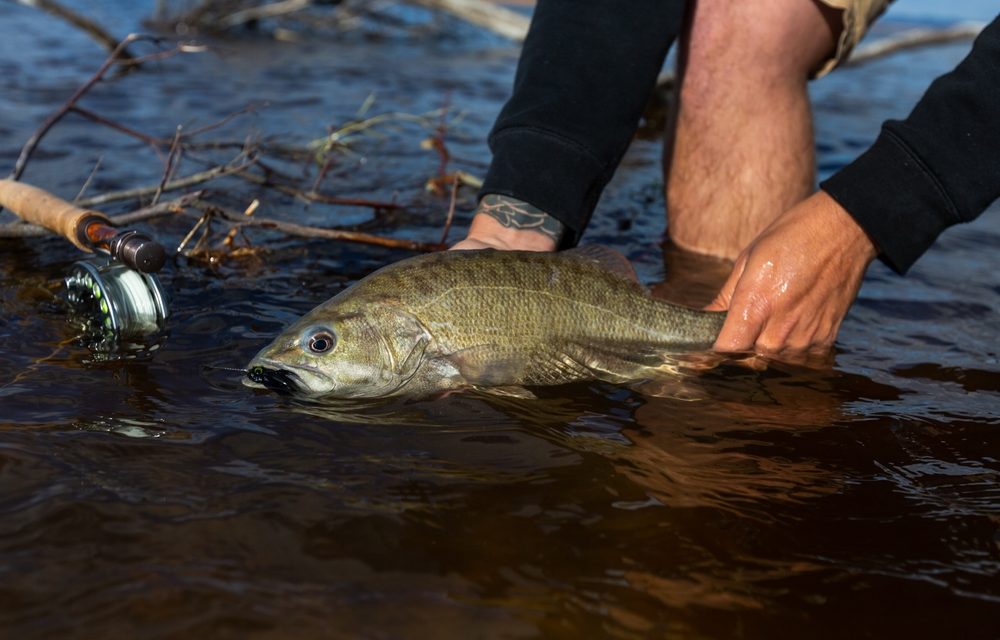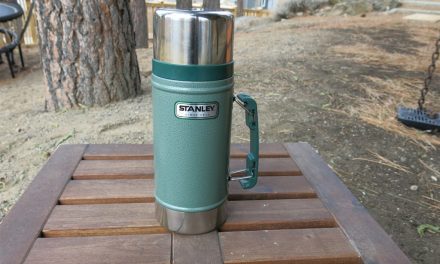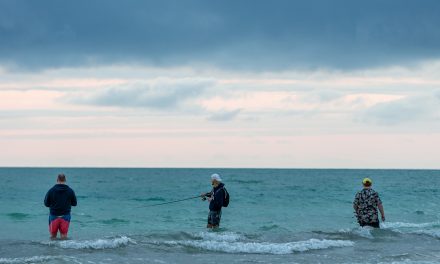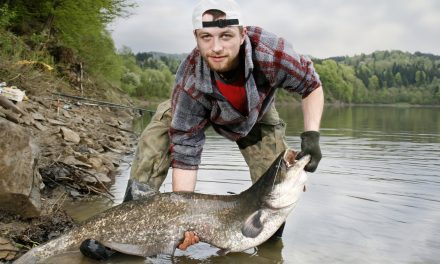Bass are one of the most popular fish species in North America. Anglers dedicate a lot of time, money, and effort to catching this special fish. This species is on logos of outdoor shops, and there are even tournaments centered around them. Even music artists write songs about hooking into a big ol’ bass. Sit back and get ready to learn everything you need to know about America’s favorite sportfish, in this step-by-step guide to bass fishing!
Types of Bass and Where To Find Them
- Largemouth Bass: The most common bass in North America, found in all 50 states in the U.S.A and southern Canada.
- Smallmouth Bass: Smallies are located in 47 out of 50 states in the U.S.A and eastern provinces of Canada.
- Striped Bass: Stripers are found along the Atlantic coast of North America.
- White Bass: The range of this species is widespread in North America and Canadian provinces bordering the Hudson Bay.
- Black Sea Bass: Is often accidentally caught by anglers targeting other species in the Western Atlantic Ocean.
- Rock Bass: Native to freshwater areas in east-central North America.
- Guadalupe Bass: The state fish of Texas, the only place anglers can catch them.
- Shoal Bass: Native to Florida and Georgia in subtropical waters.
- Suwanee Bass: Inhabit two river systems in Florida and Georgia.
- Peacock Bass: A native species in South America, however, has been introduced to Southern Florida waters.
What You Need To Get Started Bass Fishing
Here is a list of things you’ll need to get started bass fishing. We’ll cover some of these items more in-depth in later sections:
- Fishing license
- Fishing rod and reel
- Offset or wacky weedless hooks
- Soft plastic or live worms
- ¼-ounce bullet weights
- Fishing line
- Landing net
- Fishing Pliers
- Tacklebox
How To Catch Bass- Step by Step
Step One: Which Species To Target
There are multiple bass species you could fish for, depending on your location. Figuring out which ones are most common in your waters is critical because each species grows to a different size. You need to make sure your tackle matches up with the size of the fish you’re targeting.
Step Two: Select a Rod and Reel
Now you’re ready to select a rod and reel that meets your bass fishing needs. Bass rods are available in all shapes, lengths, powers, and actions. There are three major types of rods anglers use for bass fishing:
- Spinning rod
- Casting rod
- Fly rod
So, we suggest using a medium to a medium-heavy-powered rod with a moderate-fast to fast action for beginner bass anglers. For example, one product we like is the Tailored Tackle bass fishing baitcasting combo. Tailored Tackle’s 7’ bass casting rod features a medium-heavy powered blank with a fast action tip. This rod is excellent for all-purpose bass fishing with a line rating of 10 to 25-pounds and a lure rating of ¼ to ¾-ounces.
Plus, the included baitcasting reel is high-quality and easy to use. For instance, this reel features seven ball bearings and a 6.3:1 gear ratio to give you a quick and smooth retrieval. Another beginner-friendly feature of this reel is that you can easily remove the spool if your line gets tangled.
Step Three: Rig Your Line for Bass
After setting up your rod, you want to rig your line specifically for bass. There are two popular rigs anglers will use when bass fishing:
- Wacky rig
- Texas rig
Both of these rigs are effective and easy to tie on. For example, the wacky rig makes your worm dance underwater, which irritates bass enough to cause them to strike. This technique works well because it keeps your worm in the strike zone longer, increasing your probability of getting a bite. Texas rigging a worm is another method that consistently gets bass to bite. For instance, many anglers like Texas-rigged worms because it allows you to get a better hookset after a strike, while keeping your baiting virtually weedless.
Step Four: Locate Bass in Your Local Waters

Image Credit: Photo by Jameson Draper on Unsplash
Adult bass like to hold up in covered areas like dense vegetation to ambush prey fish. Then, younger bass like to utilize cover like sunken timber to retreat from predators. Here are some examples of places to find bass:
- Vegetated waters
- Fishing docks
- Sunken logs
- Rocky riprap
- Brush piles
Step Five: Land Your First Bass
Next, after you set your hook a bass, you can either land them by hand or using a landing net. For beginner anglers, we recommend using a net to help you bring in your first fish.
Step Six: Keep or Release Your Fish

Image Credit: Photo by Nilsrinaldi on Creative Commons
Lastly, after you’ve secured your bass, it’s time to either retain or release your fish. Most importantly, before keeping any fish, make sure to check your water’s fishing regulations double. Many areas have size restrictions on certain bass species.
Final Note
Bass fishing is a great way to get you hooked on angling. Plus, you can apply many techniques and practices you acquire from bass fishing to target other species. We hope this information has helped you get one step closer to catching your first bass. Happy bass’ing and tight lines!








 E-Newsletter
E-Newsletter